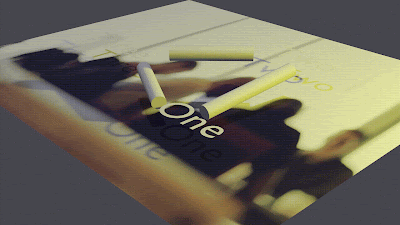Objective: Learn how to create and add simple backgrounds to your illustrations, enhancing their visual appeal.
Step 1: Prepare Your Workspace
- Open Blender:
Launch Blender and load your existing project with the flowchart or mind
map from Day 10.
- Organize Your View:
Switch to the layout view that you find most comfortable. You can use the
default "Layout" workspace.
Step 2: Create a Background
- Add a Plane:
- Press Shift + A to open the Add menu.
- Select Mesh > Plane. This will be your background.
- Position the Plane:
- With the plane selected, press G to
grab it and move it into place behind your flowchart or mind map.
- You may want to scale it up by pressing S and
dragging it outwards to ensure it fully covers the area behind your
visuals.
Step 3: Style the Background
- Add Material to the Plane:
- With the plane selected, go to the Material
Properties tab (the sphere icon).
- Click on New to create a new material.
- Adjust the Base Color to a color that
complements your diagram. For example, a light pastel color can make your
illustrations stand out.
- Add Texture (Optional):
- To make your background more interesting, consider
adding a texture.
- In the Material Properties, scroll down to the Surface
section, and find the Base Color field.
- Click on the dot next to Base Color and choose Image Texture
or Noise Texture from the options. You can then select or create a
texture that suits your theme.
Step 4: Adjust Background Opacity (if needed)
- Enable Transparency:
- If you want to adjust the background's transparency,
go to the Settings in the Material Properties.
- Change the Blend Mode to Alpha Blend
or Alpha Clip and adjust the Alpha value to achieve the
desired transparency.
Step 5: Add Depth with Shadows
- Add Lighting:
- To enhance the overall visual appeal, consider adding
a light source. Press Shift + A, choose Light, and then select Area or Point light.
- Position your light source to create soft shadows and
illuminate your flowchart.
- Adjust Shadow Settings:
- With the light selected, go to the Light Properties
tab.
- Experiment with settings like Power, Size,
and Shadow settings to get the desired effect.
Step 6: Finalize the Composition
- Check Overall Composition:
- Rotate around your scene and make sure the background
and lighting complement your flowchart/mind map.
- Adjust the camera angle if necessary by selecting the
camera and moving it into position.
- Render a Preview:
- Go to the Render menu and select Render Image
(or press F12) to see how your background looks with the flowchart.
- If adjustments are needed, go back and tweak the
materials, lighting, or position of elements.
Step 7: Save Your Work
- Remember to save your Blender file frequently. Go to File > Save As, and
create a new version of your project to avoid losing any progress.
Outcome
By the end of Day 11, you should
have:
- A well-styled background for your flowchart or mind
map.
- Enhanced visual appeal through proper use of color,
texture, and lighting.
Source:
ChatGPT


No comments:
Post a Comment